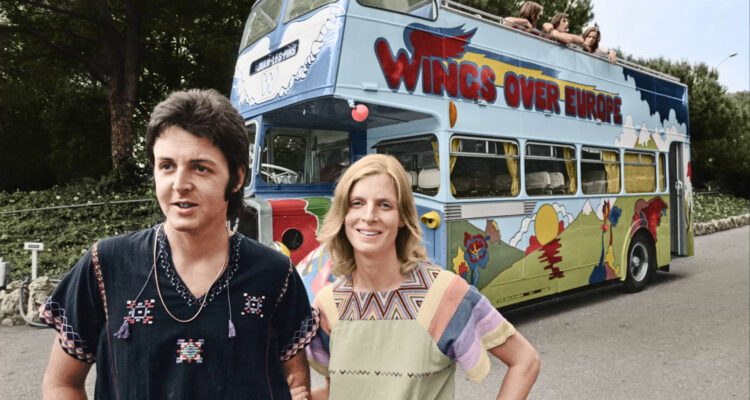Iconic Classics from the Continent

We’ve gone all international here at Car and Classic having expanded our auctions to include European sales and we’re now consigning vehicles from multiple different countries. This inspired us to don our thinking caps and ponder the automotive idols that best represent their home lands. If we were to do our finest Les Dennis impression and ask, for example, what iconic car springs to mind when thinking of America, we can almost certainly guarantee that our survey would say the Ford Mustang. So, with that in mind let’s play our very own version of that beloved television game show, beginning with:
France
With so many iconic French legends to choose from it was difficult to pick just one but we managed to whittle it down to two main contenders; the Citroën 2CV and Renault 4, with the Citroën just pipping the Renault at La Poste. The utilitarian 2CV was conceived in the late 1930s as a way to motorise France’s rural population, a lot of whom were still tarting about in horse-drawn carts at the time. Famously designed to cheaply and economically transport a carton of eggs across a ploughed field without inadvertently making breakfast the quirky Citroën, although a simple beast, actually contains some interesting oily bits.
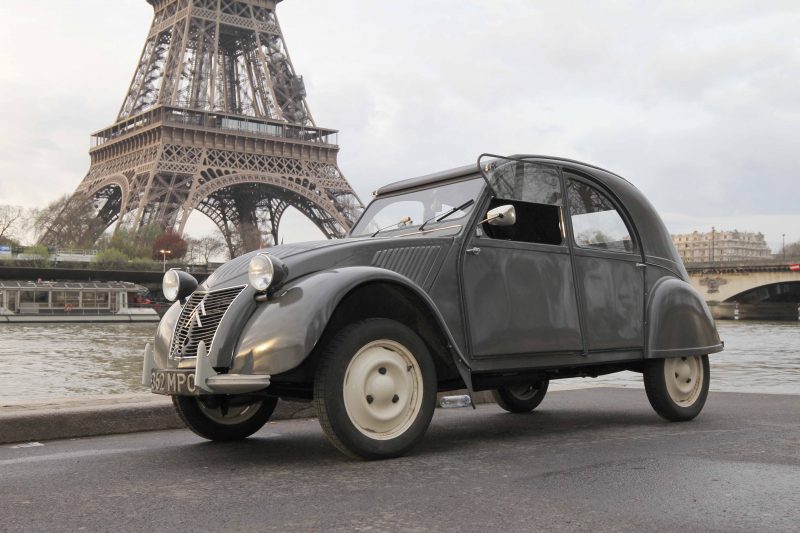
The iconic thin steel body sits atop a tubular frame and the innovatively engineered, linked suspension keeps the car planted by means of trailing arms connected by sprung cylinders that allow each wheelbase to extend and contract depending on the severity of the cornering – for all intents and purposes a self-levelling system. Combined with soft springs and oodles of travel the 2CV understeers horrendously but won’t topple, despite often appearing on the jagged edge of physical law.
Power comes courtesy of a two-cylinder, air-cooled engine putting out a whopping 9bhp to the front wheels which was enough to get the car up to a top speed of 40mph – plenty for its intended purpose and robust enough to run all day, every day. Capacity was increased incrementally over the car’s 42 (yes, 42) year production run with the final 602cc iteration producing over three times the power of the original.
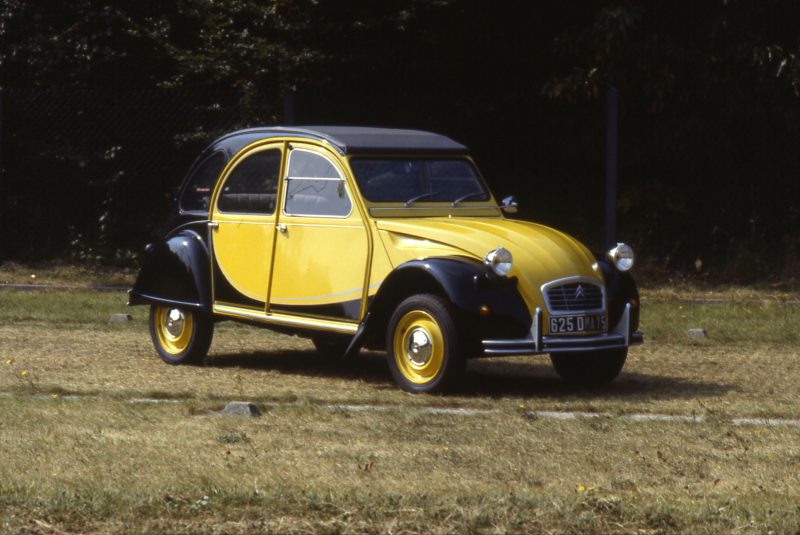
As far as prices go, fully restored examples can fetch upwards of £20,000 with the rare Sahara four-wheel-drive version in similar condition commanding four times that. Rough examples can be had for as little as a grand with decent, running cars hovering around the £5K mark.
Of course there are prettier, faster French classics but this isn’t a beauty contest, nor is it a measure of performance and the charming little 2CV, renowned for its simplicity, economy, ease of maintenance and plush ride has rightfully earned its now legendary status. Vive la deux chevaux!
Germany
It has to be the Volkswagen Beetle, doesn’t it? Not only is it one of the most iconic German cars of all time, it is one of the most recognisable and revered designs ever put to paper. Conceived by Adolf Hitler and subsequently left to Ferdinand Porsche to actually develop, (the 911 was a strong challenger for inclusion here by the way) the Beetle, initially designated the Type 1, was established as a cheap and simple car for the everyman – surely by now everyone knows that Volkswagen means ‘people’s car’ in English.
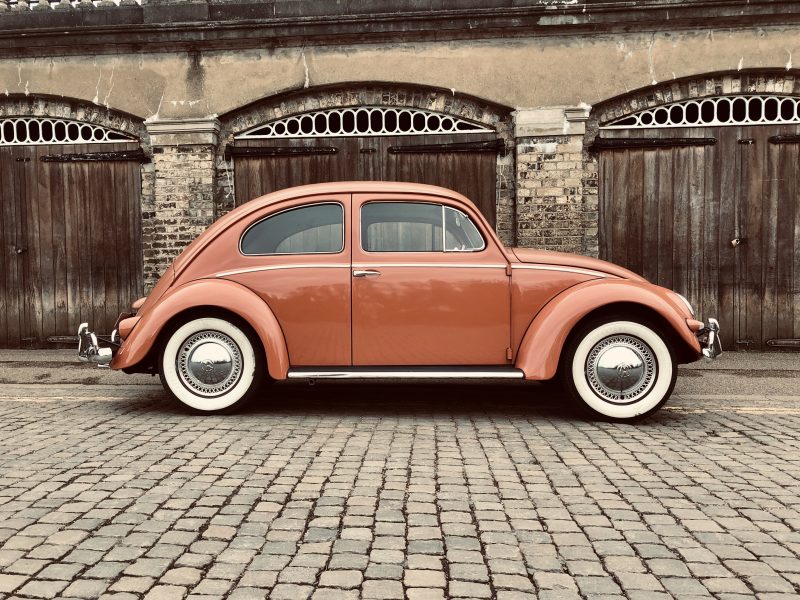
The rear-engined, rear-drive design would remain throughout the car’s 65 year lifespan but with a slew of improvements introduced over the years. These included various suspension and braking upgrades, along with multiple engine displacements – albeit with the same four-cylinder, air-cooled, boxer configuration. Transmission options were not as generous though and are restricted to four-speed manual or three and four-speed semi-auto setups.
The lasting appeal of the Beetle comes down to its simplicity, practicality and enduring design. There was no such thing as planned obsolescence as far as Volkswagen and the Beetle were concerned and prices today start at around £5,000 for decent, running examples (depending on the year). For a good, useable car you’re looking at ten grand but prices can rise above £25,000 for exceptional or rarer models like convertibles. Projects can be had for as little as a couple of thousand quid though.
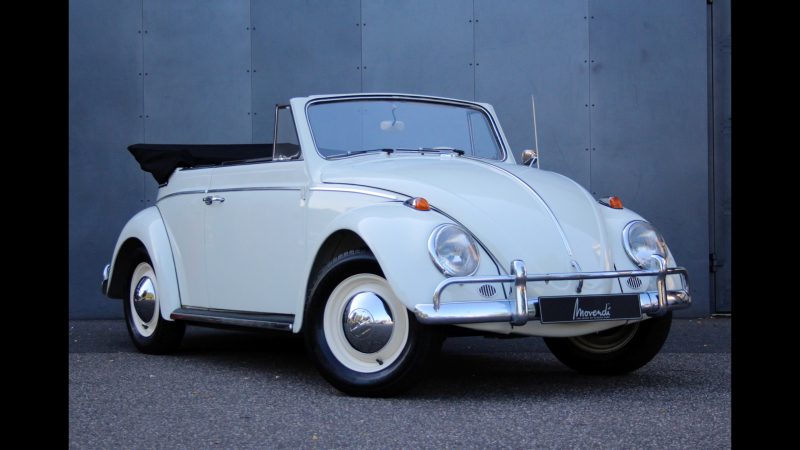
It’s a fun, timeless classic that remains cheap to run and simple to maintain for the home tinkerer. It’s a perfect starter classic and thanks to the sheer volume of cars produced and the popularity of the marque, availability and club support remains bountiful.
Italy
If this was a list for manufacturers rather than individual cars then Ferrari would probably be the obvious choice here (or maybe Alfa Romeo, or Lamborghini…) but with so many iconic cars in its back catalogue, it’s impossible to pick just one from the Italian sports car giant. What’s more, it would vary subjectively depending on the age of the person asked. Someone who grew up in the 80s, for instance, would no doubt list the Testarossa as most iconic while someone of more mature years may perhaps opt for the 250 GTO.
The car that springs to our mind when we think of Italy, however, and in keeping with the other vehicles on this list, is the much more modest Fiat 500. In our humble opinion this is the quintessential Italian car. With its style, grace and care-free personality it truly is an iconic machine that perfectly encapsulates the Latin character.
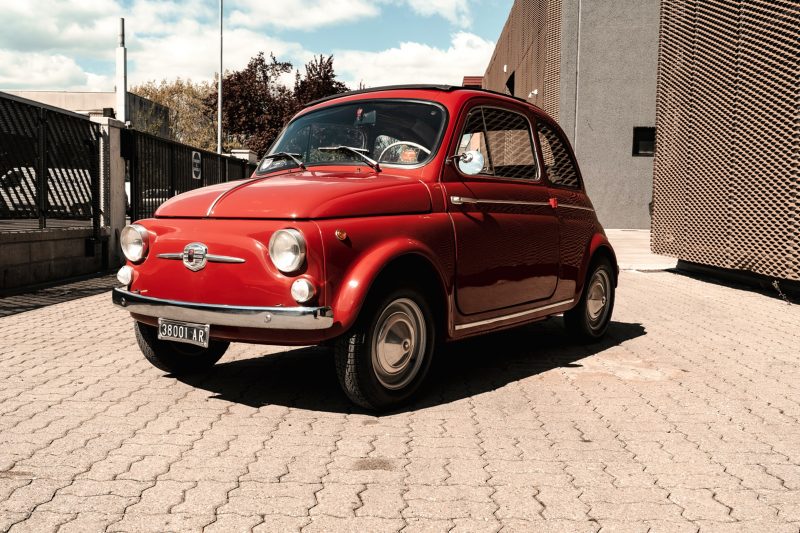
The 500 was first produced in 1957 as a cheap economy car that was practical too, despite its diminutive stature. It succeeded its namesake, the Fiat 500 Topolino but nomenclature is where the similarities begin and end. The ‘Nuovo’ 500, as it was known, was a completely new design and named for its 2-cylinder, 13bhp, 479cc engine. This would later increase in size to 499cc in 1958 and then make way for the detuned Fiat 126, 594cc engine in 1971, both seeing a small increase in power output. A popular upgrade is to drop the full-fat 126 engine in to make the most of the extra oomph.
Early cars featured suicide doors but sadly these were replaced by more conventional fare in 1966 and an estate version was also produced in 1960. Named the Giardiniera it has an extended wheelbase with the engine mounted on its side under the boot. It would also be remiss of us not to mention the excellent (and incredibly rare) Abarth SS versions too. With a whole host of engine upgrades including new camshafts and pistons, these performance version of the baby Fiat are the tip of the spear.
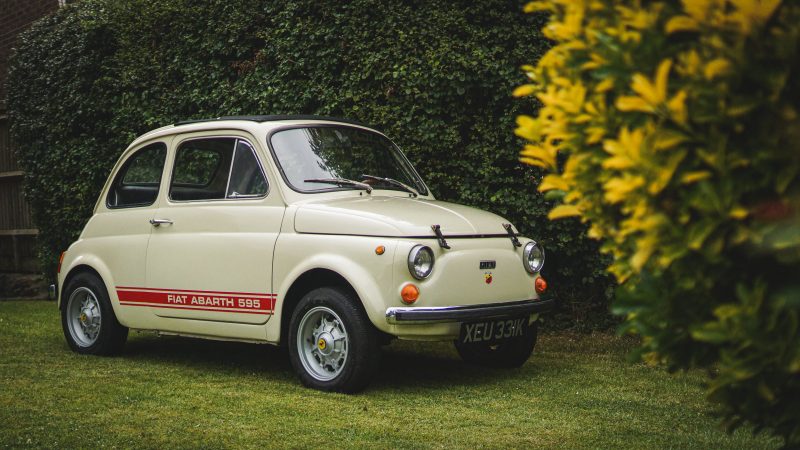
Performance may be limited in standard form but that does not in any way diminish the sheer joy experienced when piloting a Fiat 500. An Italian icon that will always turn heads and draw admiring glances no matter who is behind the wheel, the 500 is a bit of a remedy for the hectic modern world and bags of fun to boot.
If you want one for yourself projects start at around £4,000 with prices rising up to £10,000 for a decent, useable, running and driving car. Expect to pay £20,000 for a top-tier, restored example.
Spain
There’s only one real contender when thinking of Spain’s automotive industry and that’s Seat. We really wanted to include the 600 here to continue the theme we seem to have appropriated but we’re playing the game honestly and so the Spanish crown goes to the Seat Ibiza as the car we most associate with sunny España.
Seat’s best-selling car of all time, and still in production today, the Ibiza began life in 1984 before Volkswagen took over. Unveiled at the Paris Motor Show as a supermini and billed as Italian styling meets German engineering the car was an instant hit. Penned by Giorgetto Giugiaro’s Italdesign with an engine and drivetrain developed by Porsche it was a match made in automotive heaven.
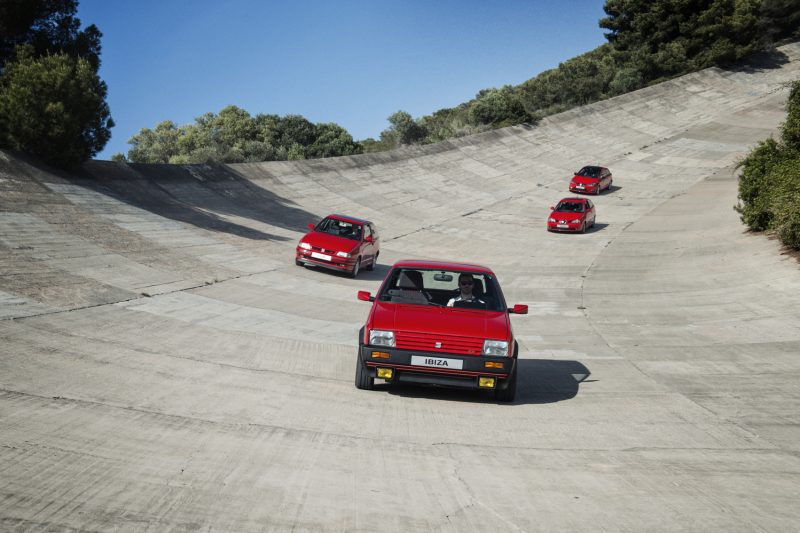
It may look a little ‘Golfy’ but there’s good reason for that. Giugiaro had already been working on a design for the second-gen Golf for VW but his ideas were rejected by the German firm, just as he came on board with Seat. Instead of starting from scratch he went a bit Peter Purvis and merely re-cycled his original ideas. Waste not, want not.
All models were fitted with a four-pot motor of varying displacements, from a 1-litre petrol, through a 1.5-litre turbocharged unit to a 1.7-litre diesel. They looked modern (at the time), drove well and were renowned for their quirky interiors and lack of control stalks. Seat really were trying to forge their own path having recently parted ways with Fiat, becoming their own independent automotive entity in 1982.
After this first incarnation all subsequent models were developed and manufactured under Volkswagen Group ownership. The Mk2 was based on VW’s Polo platform and lasted for nine years and this is where we first see the notorious hot hatch versions being introduced with the 150bhp Cupra in 1996 and the 180bhp Cupra R in 1999, along with a facelift.
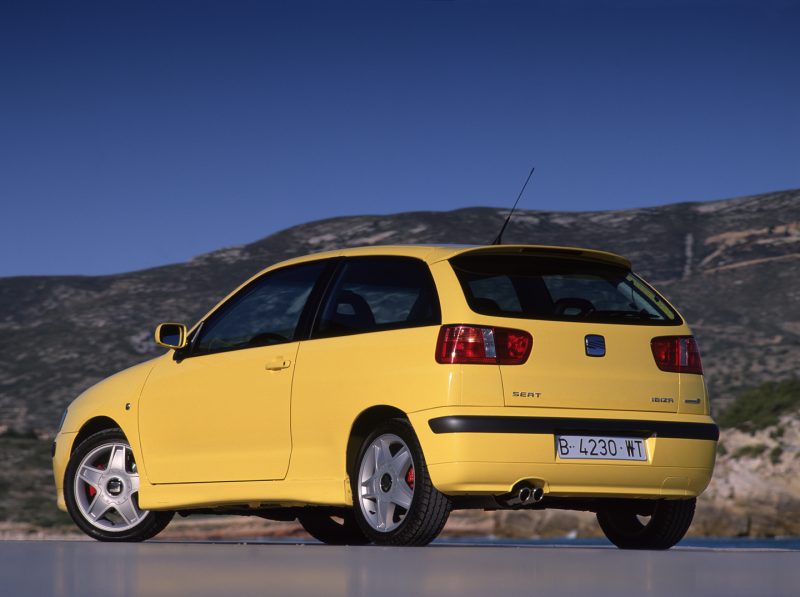
Subsequent generations continued to use VW Polo underpinnings but sadly the iconic Cupra-spec cars were dropped after the Mk3. Now on its fifth iteration the modern Ibiza is still a great car but it’s a far cry from the original, porsche-developed vehicle that put Seat on the map.
First-gen cars rarely come to market but a decent Mk2 or Mk3 Cupra will set you back anywhere from £3,000 to £6,000.
United Kingdom
It would be rude not to include good ol’ Blighty, what with such a rich pool of superstars to draw from. Jaguar E-Type, Aston Martin DB5, MG B, Land Rover Defender – all legendary, all British, but all living in the shadow of the undisputed king of our automotive heritage. Yep, you guessed it, it’s the humble Mini. There can be little argument that this true British institution is the pre-eminent choice when it comes to a list such as this. And yes, in our minds the roof does have a Union Jack on it. Iconic? Most definitely.
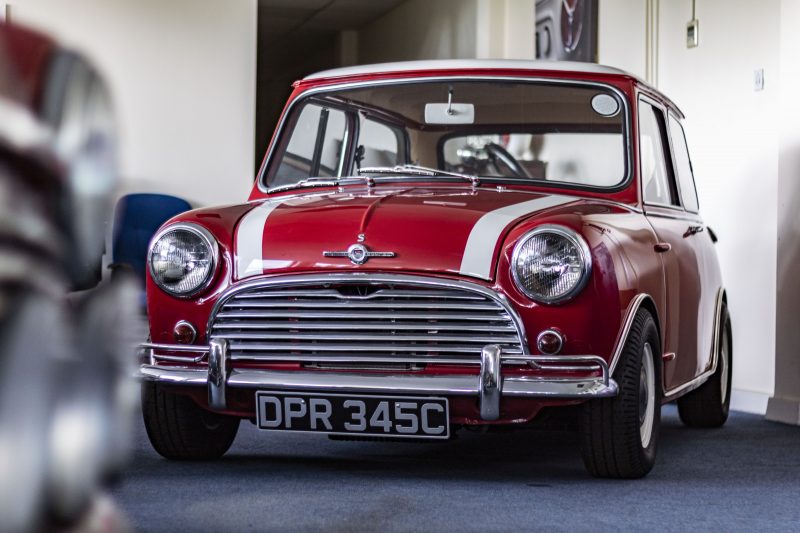
Debuting in 1959 the Mini would go on to influence the entire automotive industry with its transverse engine, front-wheel-drive layout. Unconventional at the time, most modern front-drive small cars now use this exact setup as it allows for the available space to be utilised much more effectively with a compact engine bay leaving additional room for passengers and their various accoutrements.
Imagined by Greek car designer Sir Alec Issigonis the original two-door city car was created in response to the mid-fifties fuel shortage and was fitted with the BMC A-Series in-line, four-cylinder engine, with the crankshaft mounted perpendicular to the direction of travel. Little did they know at the time, the British Motor Corporation were setting the trend with this layout and many different versions were produced over the 41 years the car was in production, from estates and pick up trucks to performance variants courtesy of racing legend John Cooper and the potential he saw in the car.
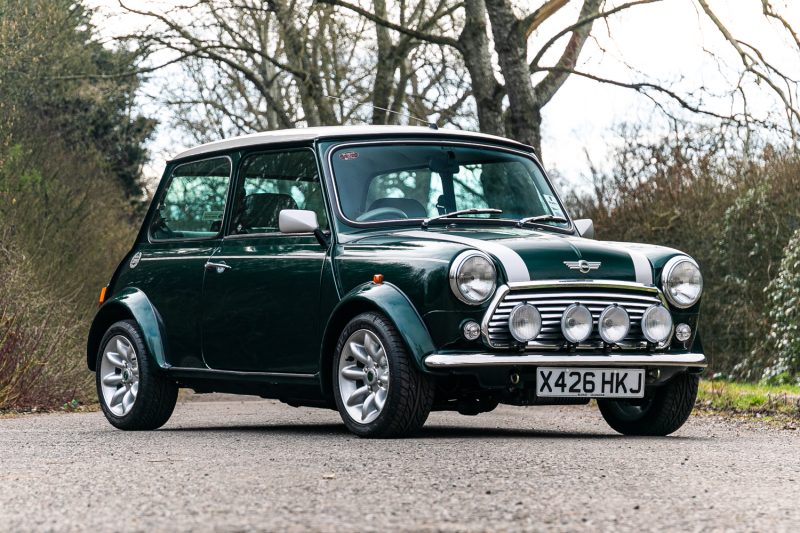
Producing a meagre 34bhp from the factory the original mini wasn’t quick by any stretch but despite its shortcomings the plucky Brit managed to bag some serious silverware when it came to motorsport, winning such prestigious titles as the Monte Carlo Rally and British Saloon Car Championship thanks to its low weight, manoeuvrability and precise handling. It’s an extraordinarily capable little car.
In today’s market top condition Coopers are fetching big money with some examples going for as much as £50,000. However, lower spec models such as a 1980s Mayfair will set you back between £3,000 and £5,000.
Important, influential, immortal – the Mini is hugely significant, not just for Britain and BMC but for the industry as a whole, globally. It transcends both its rightly deserved place in the motoring hall of fame as well as its iconic status in popular culture.

